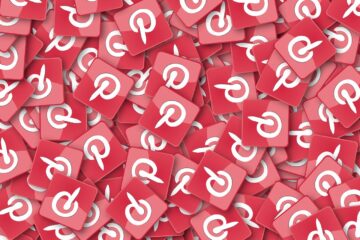Some things just go together: chocolate and peanut butter, spaghetti and meatballs, blue and orange. Yes, you read that right! Blue and orange are a perfect match when it comes to creating contrast in images. In fact, they’re part of a larger group called complementary colors — warm and cool hues that POP when paired up.
Of course, some shades look better together than others. How do you find the perfect complement? To the color wheel!

Think of a color wheel as a game board spinner with an arrow on both sides of the dial. Because the dial is rigid, moving one arrow to the left or right will cause the other end to move in the opposite direction. These arrows point to clashing colors, which sit directly opposite one another.
Another simple way to remember which colors complement one another is to begin by listing the primary colors: red, yellow, and blue. Each color’s perfect complement is created by blending the other two primary colors. This means that red’s perfect complement is green (blue + yellow), blue’s is orange (red + yellow), and yellow’s is purple (red + blue).
Red & Green
One of the most popular color pairs is red and green, which is ubiquitous with the Christmas holiday, but its history in design goes far beyond a few sprigs of holly. Think about a lush, red rose bush. The silken flower petals look so bright against the green stems that support them!
Blue & Orange
Meanwhile, blue and orange have become famous as the colors of popular New York sports teams, like the Knicks and the Mets. Blue possesses the power to make even the brightest shade of orange appear more vibrant, making the team colors stand out even in a sea of competitors’ jerseys.
Yellow & Purple
Yellow is already an attention-grabbing color, but if you’re looking to amplify its intensity pairing it with purple is the way to go. Mardi Gras uses a bright gold and purple color scheme to mark the holiday, and it’s impossible to miss those glittering king cakes when they’re passed around the table!
Of course, not every crayon in the box falls perfectly into these color pairings. That’s because color exists on a spectrum, providing a variety of pigments to play with. Better still, these complementary colors work whether you’re dealing with eye-popping orange and blue or a pastel purple paired with a subdued yellow hue.
What makes complementary colors so great is that they pop no matter how you use them. Whether you choose to keep your red and green at the same saturation or want to play around with a pastel orange and an electric blue, the slight clash the complementary colors provide will always draw the eye, making for an easy way to capture your audience’s attention with a simple image.
Have questions about your website or social media presence? I have answers! Contact me at kwisestec@gmail.com to start a discussion about digital marketing solutions. You can also sign up for my newsletter to receive my Tuesday Tips in your inbox!


